RSS
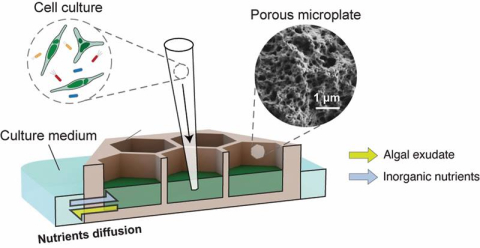
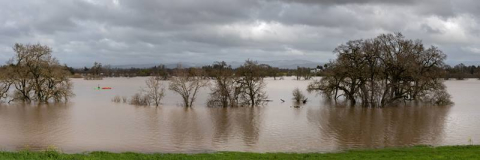

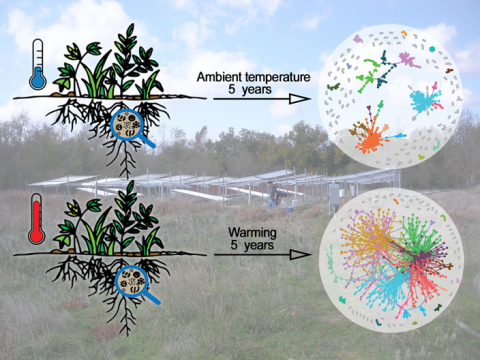
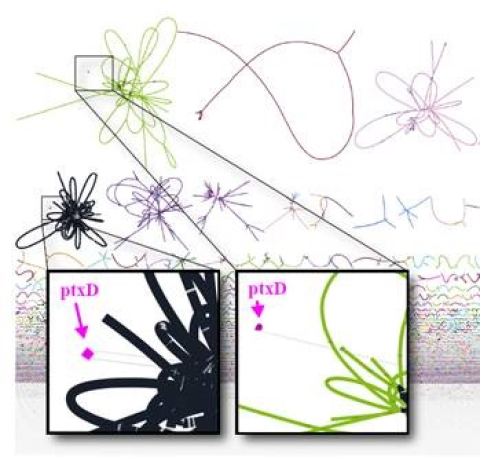
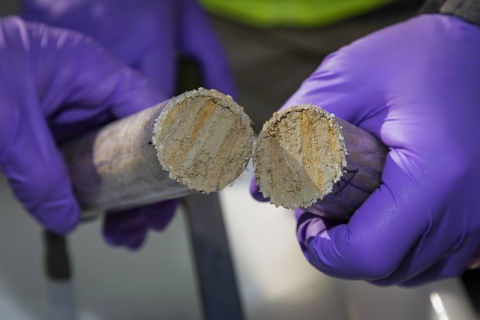
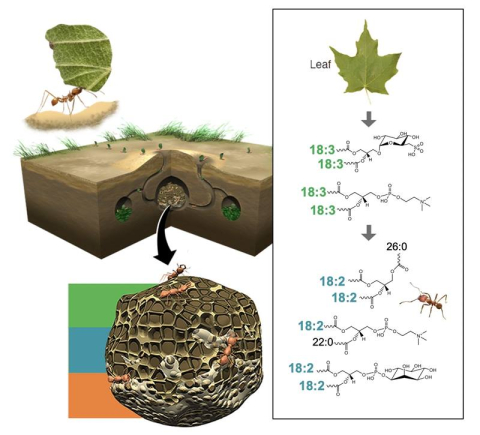

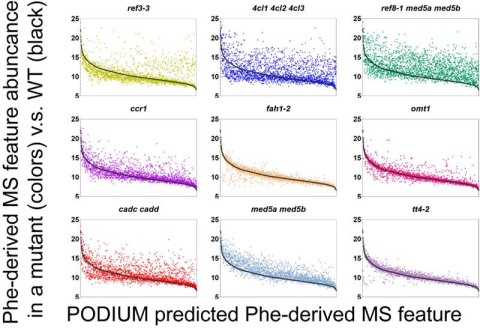
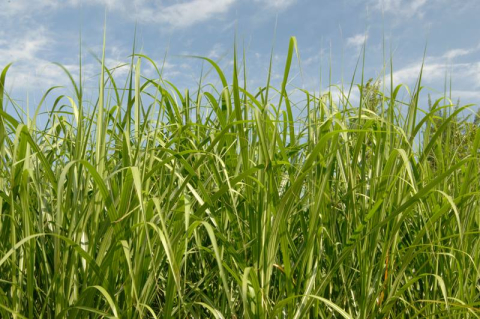

A new cultivation technology called a “porous microplate” reveals how photosynthetic microalgae interact with their micro-environment.

The tropical Madden-Julian Oscillation (MJO) rainfall pattern brings change to non-tropical parts of the United States.

Turbulent air in the atmosphere affects how cloud droplets form. New research changes the way scientists model clouds and, therefore, climate.

Soil warming leads to more complex, larger, and more connected networks of microbes in those soils.

Microbial cycling of phosphorus through reduction-oxidation reactions is older and more widespread than expected.

Molybdenum Limits Microbes’ Ability to Remove Harmful Nitrate from Soil

Lipids transfer energy and serve as an inter-kingdom communication tool in leaf-cutter ants’ fungal gardens.

Two important factors help determine how much sunlight soot absorbs.

A new data pipeline identifies metabolites following heavy isotope labeling.

High-yield miscanthus and switchgrass are promising alternatives to traditional annual crops for biofuels.

